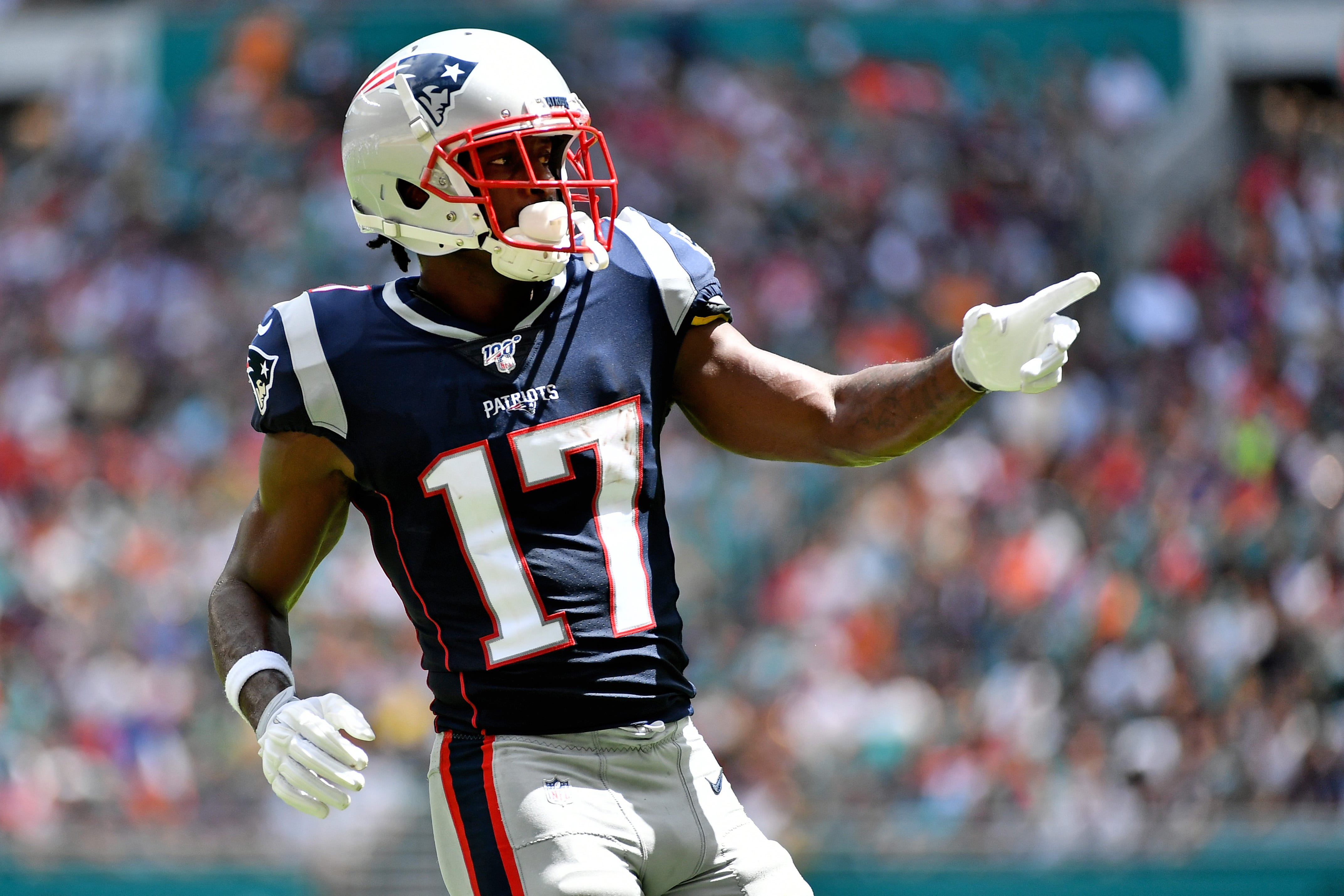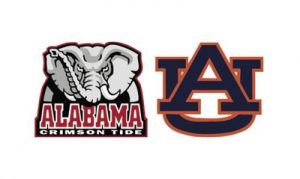How College Football Differs from NFL

College football is known for its rich tradition, unique style, and an unmatched match day atmosphere. But is it similar to pro football? From kicks to touchdowns, the basic structure might seem the same, yet the NCAA and NFA rules are far apart. Here are the subtle differences that distinguish each one of them.
Overtime Rules
 The first visible contrast between these two leagues has to be the overtime play. Overtime in college football is played in a unique, albeit intriguing manner. There is no running clock. Instead, each team is given an opportunity to play the ball on offense. If the said teams cannot be separated, the game goes to a second overtime. The same trend continues until a winner emerges.
The first visible contrast between these two leagues has to be the overtime play. Overtime in college football is played in a unique, albeit intriguing manner. There is no running clock. Instead, each team is given an opportunity to play the ball on offense. If the said teams cannot be separated, the game goes to a second overtime. The same trend continues until a winner emerges.
In pro football, upon the end of regulation time, the tied teams are given 15-minutes overtime. The winner is the first team that scores during this period.
Clock Management
The main discrepancy here is the absence of a two-minute warning in the NCAA. Similar to the third and first quarters, the clock continues to run down upon hitting the two-minute mark.
The other difference is when either team gets a “first down.” College football rules require that the clock is halted until the referee signals its continuity.
Down and Out
Both the NCCA and NFL stipulate that play should end when the ball carrier is presumed to be “down.” However, their interpretations of “down” is different. In college football, players are deemed to be “down” when other parts of their bodies touch the ground. This rule ceases to exist in case hands and feet touch the ground.
Pro Football, on the other hand, signals a “down” only when there is contact between the ball carrier and a defender.
Overall, NCAA rules are lax and allow better game flow.







